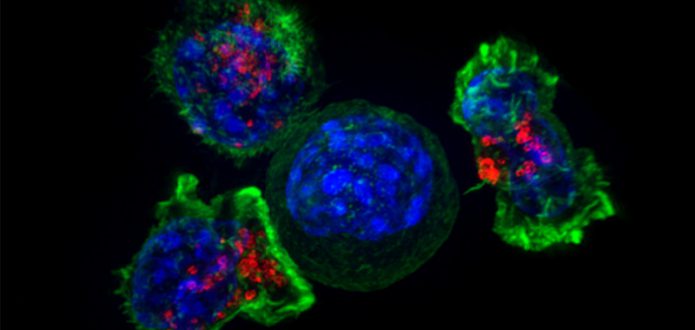Radiation Therapy
Radiation therapy is the use of high x-rays or other particles to destroy cancer cells. Radiation therapy may be done before surgery to shrink the tumor so that it may be more easily removed. Radiation therapy may also be done after surgery to remove any cancer cells left behind. Radiation treatment may make it possible to do less surgery, often preserving critical structures in the arm or leg if the sarcoma is located in a limb.
Chemotherapy
Chemotherapy is medication that destroys cells that are growing and dividing. Cancer cells grow by dividing, and they grow faster than normal cells. However, normal cells also grow and divide, so chemotherapy affects both normal and cancerous cells. Chemotherapy is often used when a sarcoma has already spread. It may be given alone or in combination with surgery, radiation therapy, or both. If a patient has not received chemotherapy before surgery, chemotherapy may be given to destroy any microscopic tumor cells that remain after a patient has recovered from surgery. The side effects of chemotherapy depend on the individual and the dose used, but can include fatigue, risk of infection, nausea, vomiting, hair loss, loss of appetite, and diarrhea. These side effects usually go away after treatment is complete.







